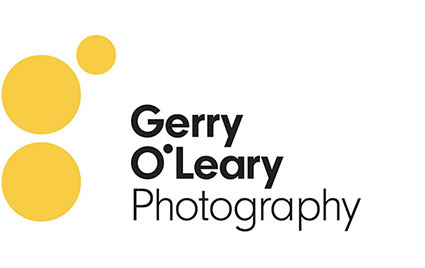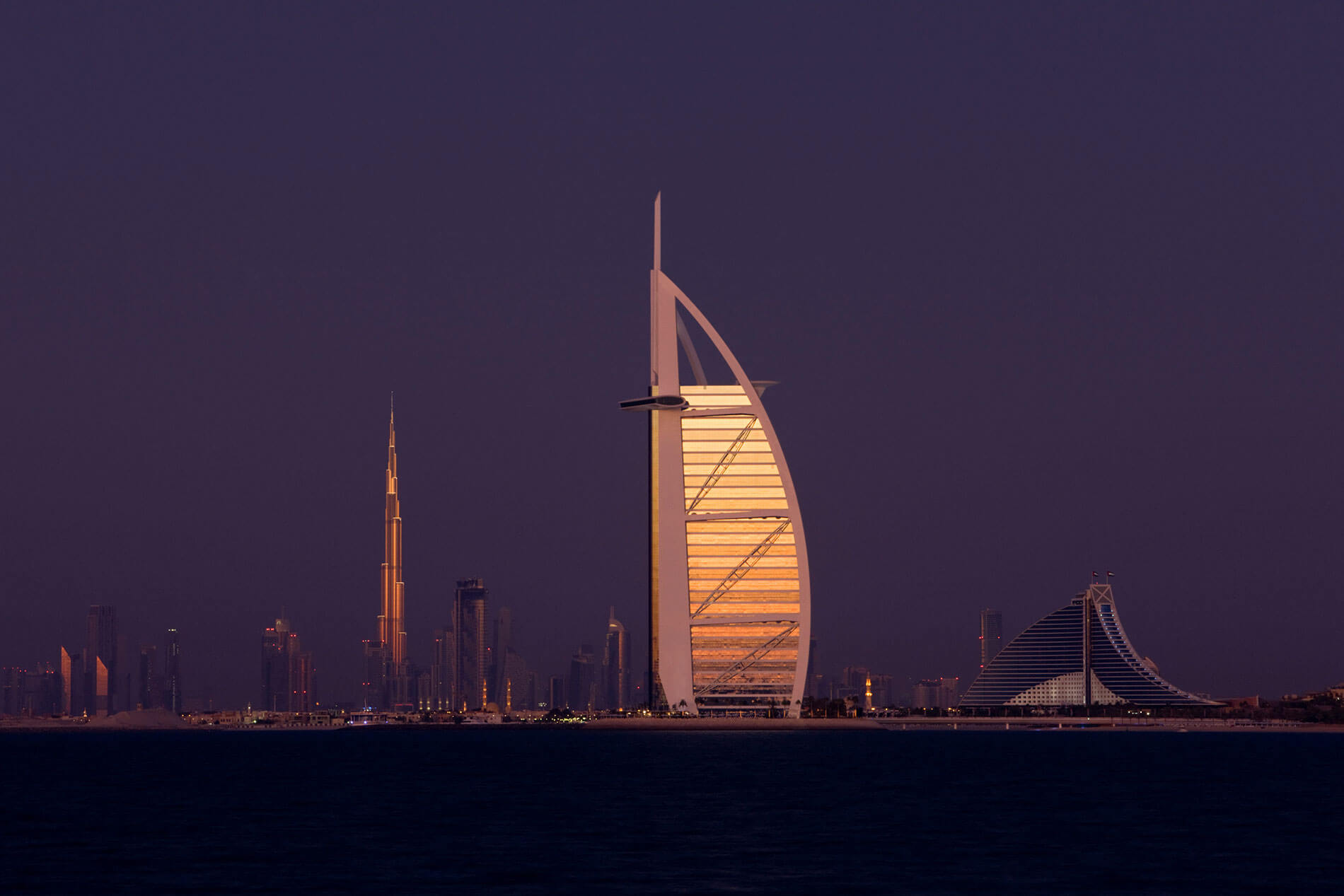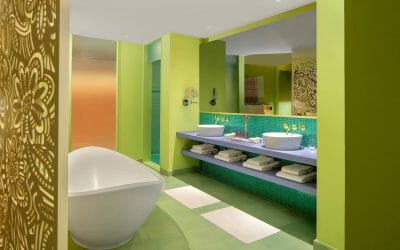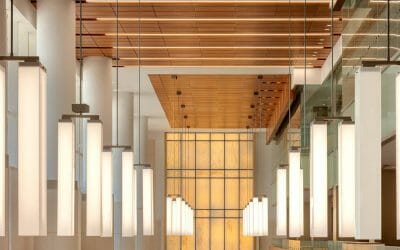Exterior Architecture Photography of Burj Al Arab by Gerry O’Leary
One of the best times to photograph a building is during dusk, but that window of opportunity is slim in Dubai. Here, I discuss the golden hour, blue hour and why architectural images are better captured before darkness falls.
When it comes to photographing buildings, many of my clients request night shots of their project, often without a clear idea of what they want. While there are many creative effects that can be acquired through night photography, it isn’t a good time to truly highlight the stand-out features of a building. Typically, I begin by explaining why night shots may not achieve the desired effect they are seeking.
Lacking in saturation
At night the sky is almost black. It lacks the vibrant tones and colours of day, and the building’s details often get lost in deep shadows due to the limited ambient light. This can result in less impactful or even useless photos.
I recommend a more effective approach: to capture dusk photographs during the blue hour or golden hour, depending on what best suits the scenario. It’s important to understand that a photographer has a limited window of opportunity in these timeframes. Only one stunning image can be captured in one evening.
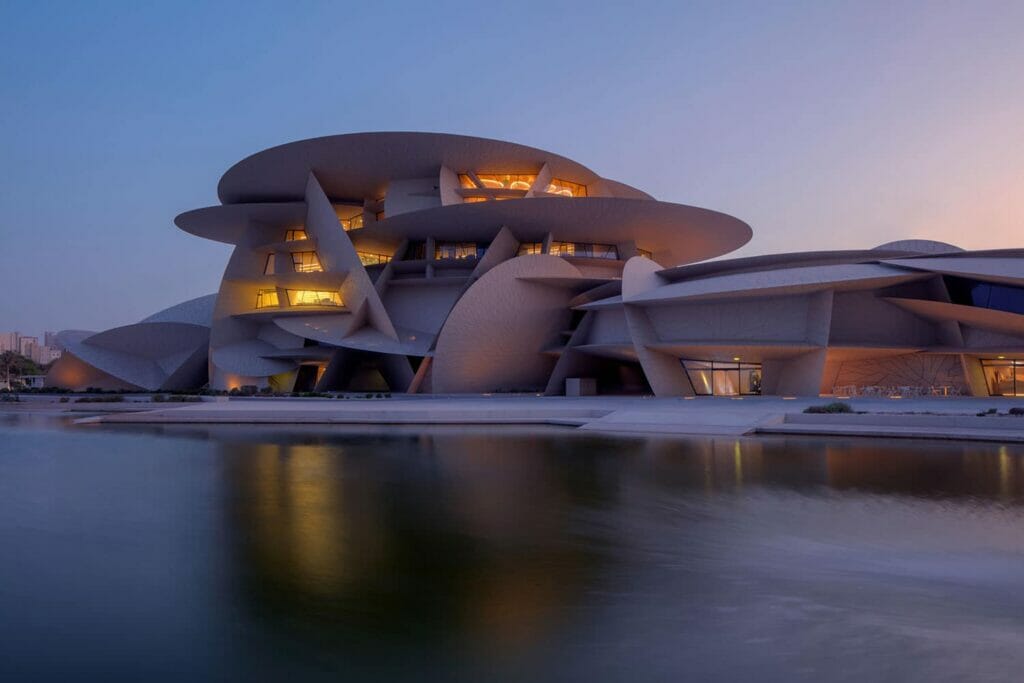
What is the difference between ‘golden hour’ and ‘blue hour’?
The main difference between golden hour and blue hour is the timing and the quality of light. Golden hour occurs after sunrise and before sunset, providing warm, golden and soft light ideal for exterior photography. Depending on latitude and time of year, this ‘window of opportunity’ may last only 30 minutes, which means you need to be ready.
Blue hour, on the other hand, is that tiny sliver just before sunrise and after sunset. In Dubai, we get just 20 minutes due to the city’s latitude, where I can capture a cool blueish light that creates a serene ambiance in photos of architecture.
Both hours have their own unique qualities, and the skilled architectural photographer often makes use of both for different creative effects.
How to create an image at dusk
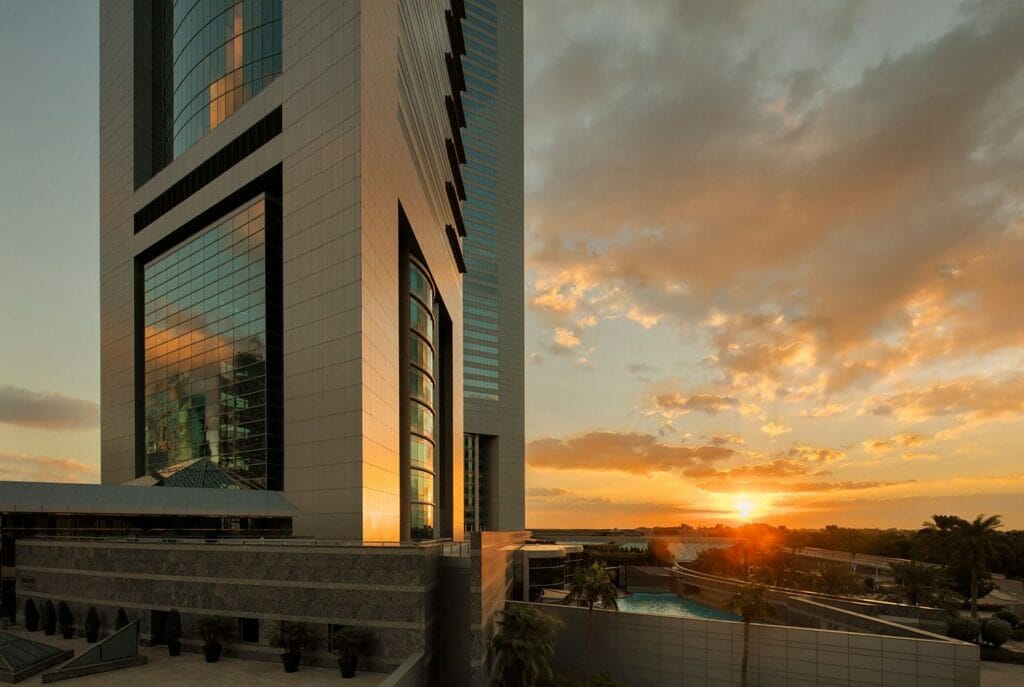
Architectural photographers need careful planning and execution to create a stunning dusk image of a building. Below I’ve shared how I ensure the perfect shot every time.
Golden hour photography of Emirates Towers, Dubai by Gerry O’Leary
1. Scout the location
Ideally, I visit the site the evening before at a similar time to identify the best angle and vantage points for the shot. I take note of any potential obstacles or distractions that may affect the composition – you wouldn’t believe how many there are in Dubai! If I can’t go at that time, I will visit another day in advance of the shoot.
2. Timing
There are many brilliant apps that assist me in my work now. Two decades ago, I studied a newspaper or weather channel! A sun app helps determine the time and orientation of sunset in respect of the building and then I can ensure that I am set up on location at least 30 minutes before the capture time.
3. Façade, window and landscape lighting
It is essential that all artificial building lights are switched on well in advance of the intended shoot. Some external lighting may be automatically controlled by a photocell or timer, which may be too late for the composition of the perfect image.
I consult with the facilities manager or building engineer in advance to override these automatic switches if necessary.
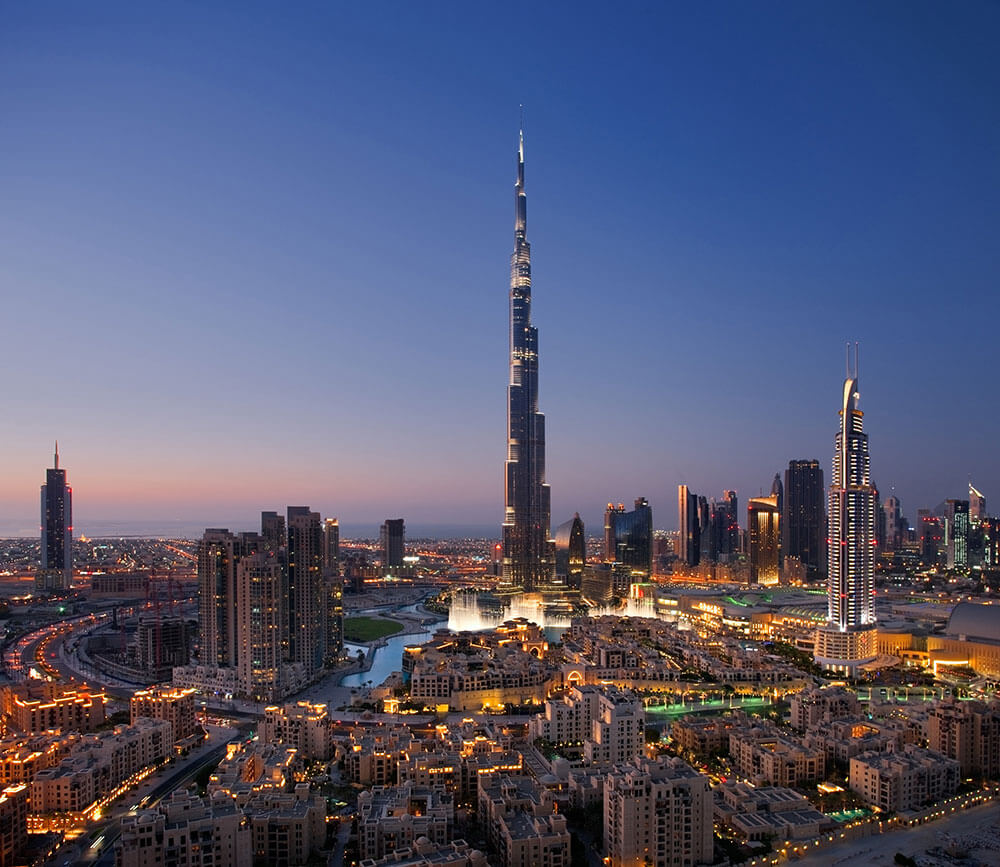
I recall photographing the Burj Khalifa, the world’s tallest building, and the façade lights came on about 20 minutes too late for the perfect image! Luckily, the client Emaar, who owns Burj Khalifa, allowed me to reshoot the next day, after I’d spoken to the engineering department to request that they turn the façade lights on 30 minutes earlier for one evening only!
4. Use a sturdy tripod
The exposure is several seconds long in one of these images, so a stable tripod is essential to prevent camera shake. Use added weight to anchor the tripod if shooting in windy conditions or on unstable ground.
5. Remote control camera
I use my high-end professional camera in manual mode as I need to control the exposure and colour temperature manually. Where possible I prefer to use an iPad and Camranger to control my camera settings without touching it – even the slightest touch can cause the camera to move, causing misalignment between consecutive frames.
6. Capture several frames
As the ambient light changes during blue or golden hour, I capture several frames intermittently. I usually combine 3 or more images from different frame captures in my final image to make sure I have details in highlight and shadow areas of the image.
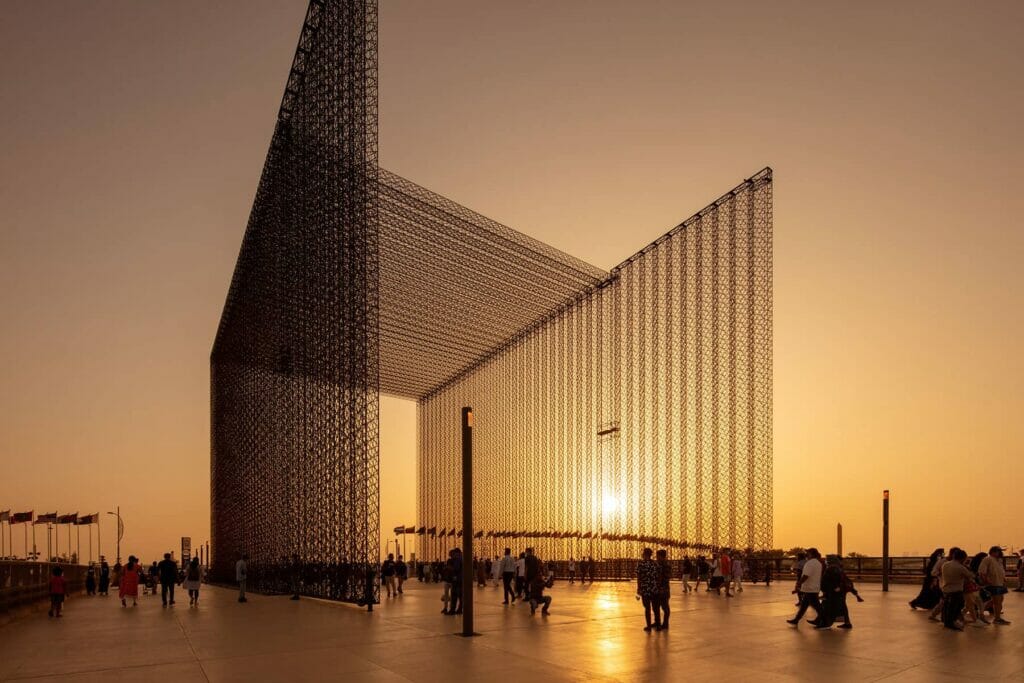
7. Remember that practice makes perfect
I’ve honed my skills and perfected my craft as an experienced practitioner over many years of practice. Some of my most successful award-winning images over the years have been captured during this “magic hour’.
Drop me a message if you have questions about photographing at the ‘magic hour’. You can see more of my golden and blue hour images on Instagram. Feel free to share this article on your preferred platform, I’d love to engage.
